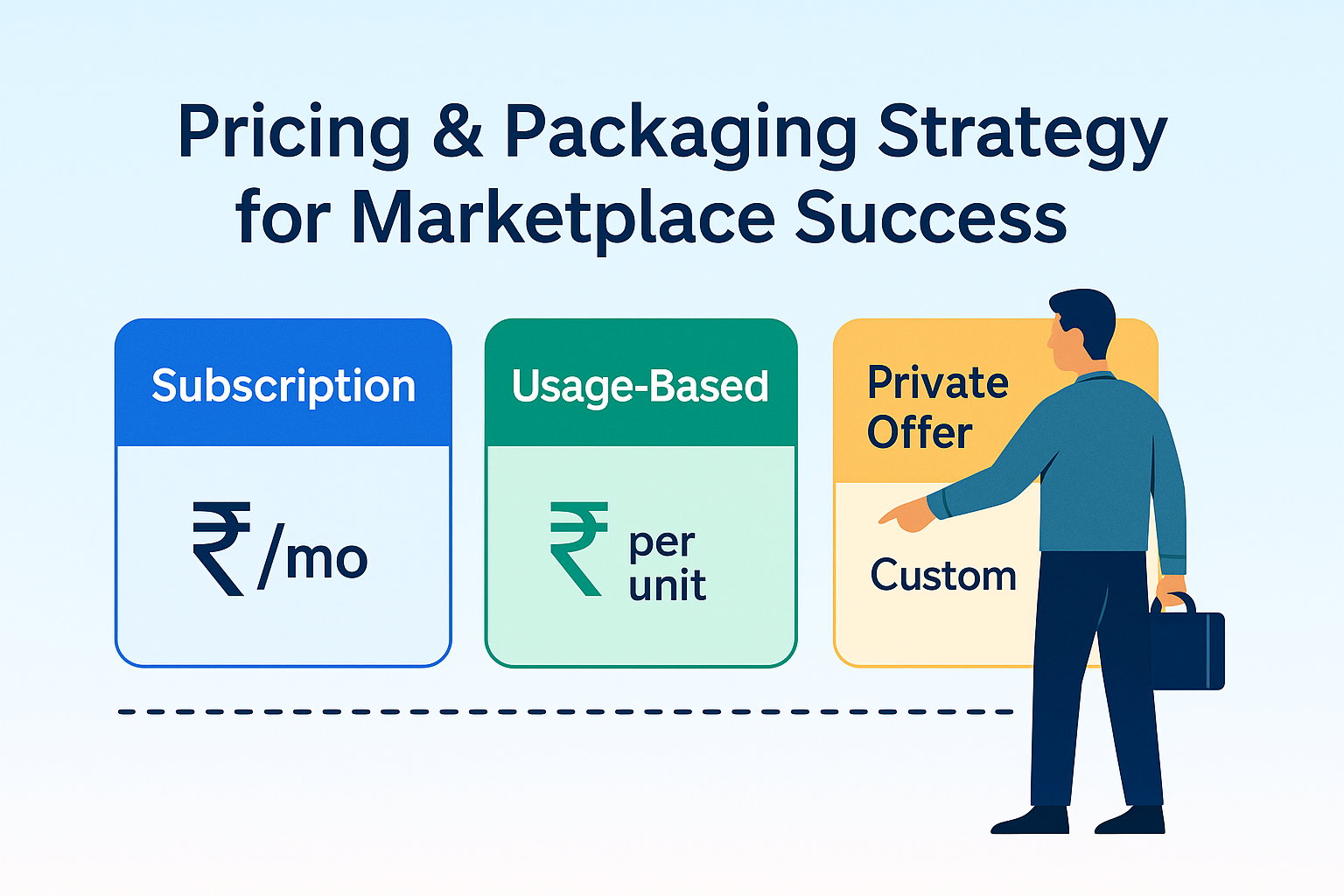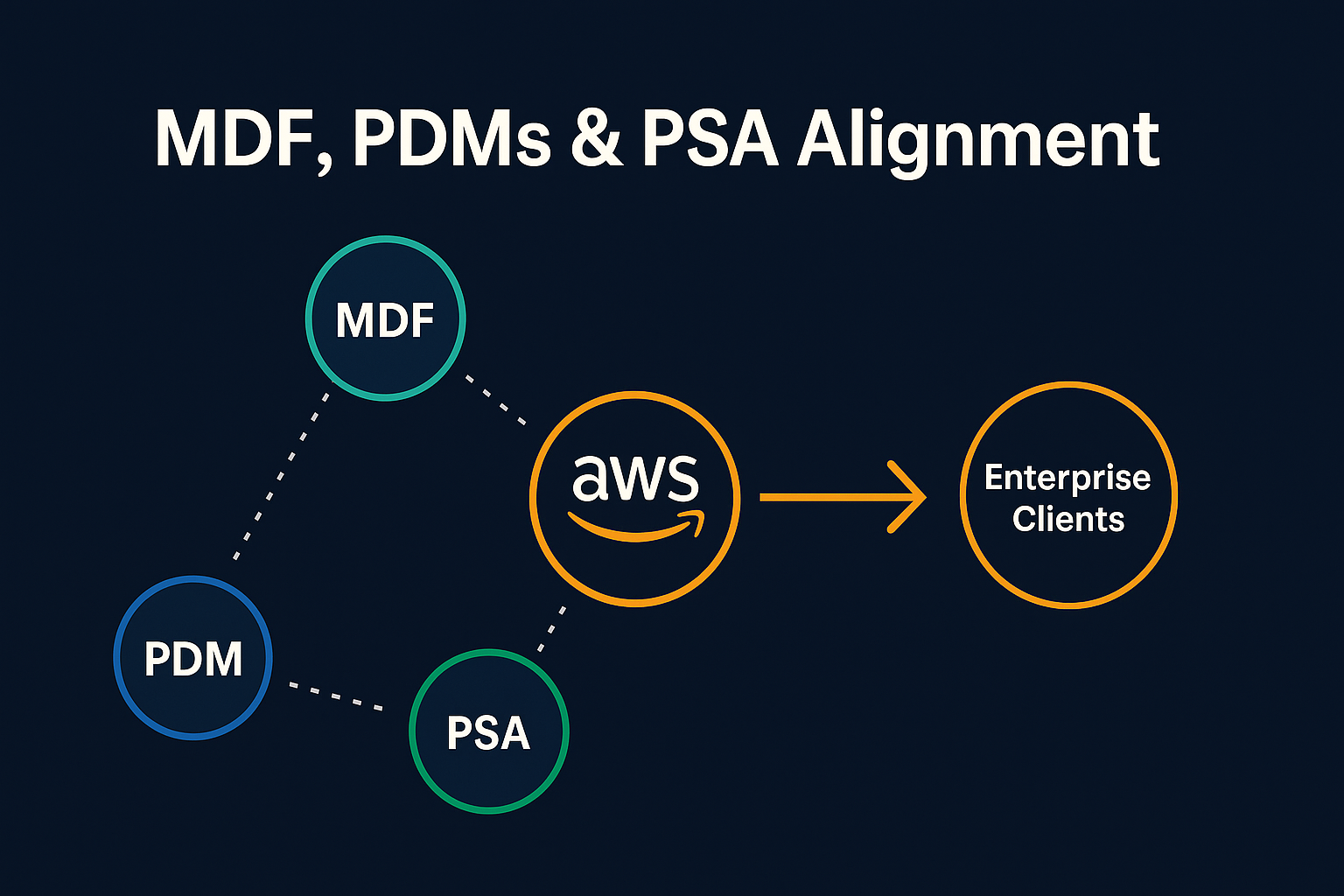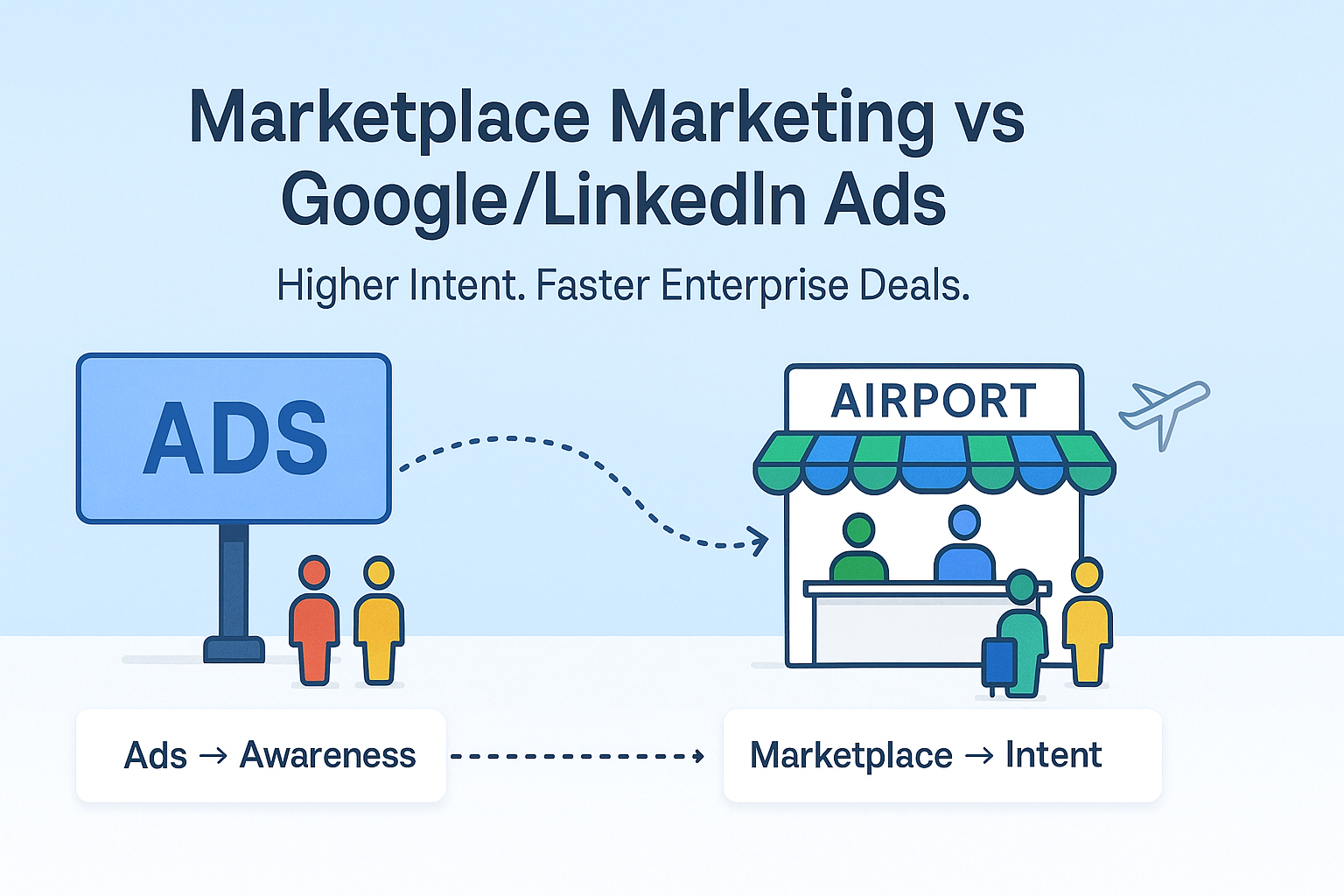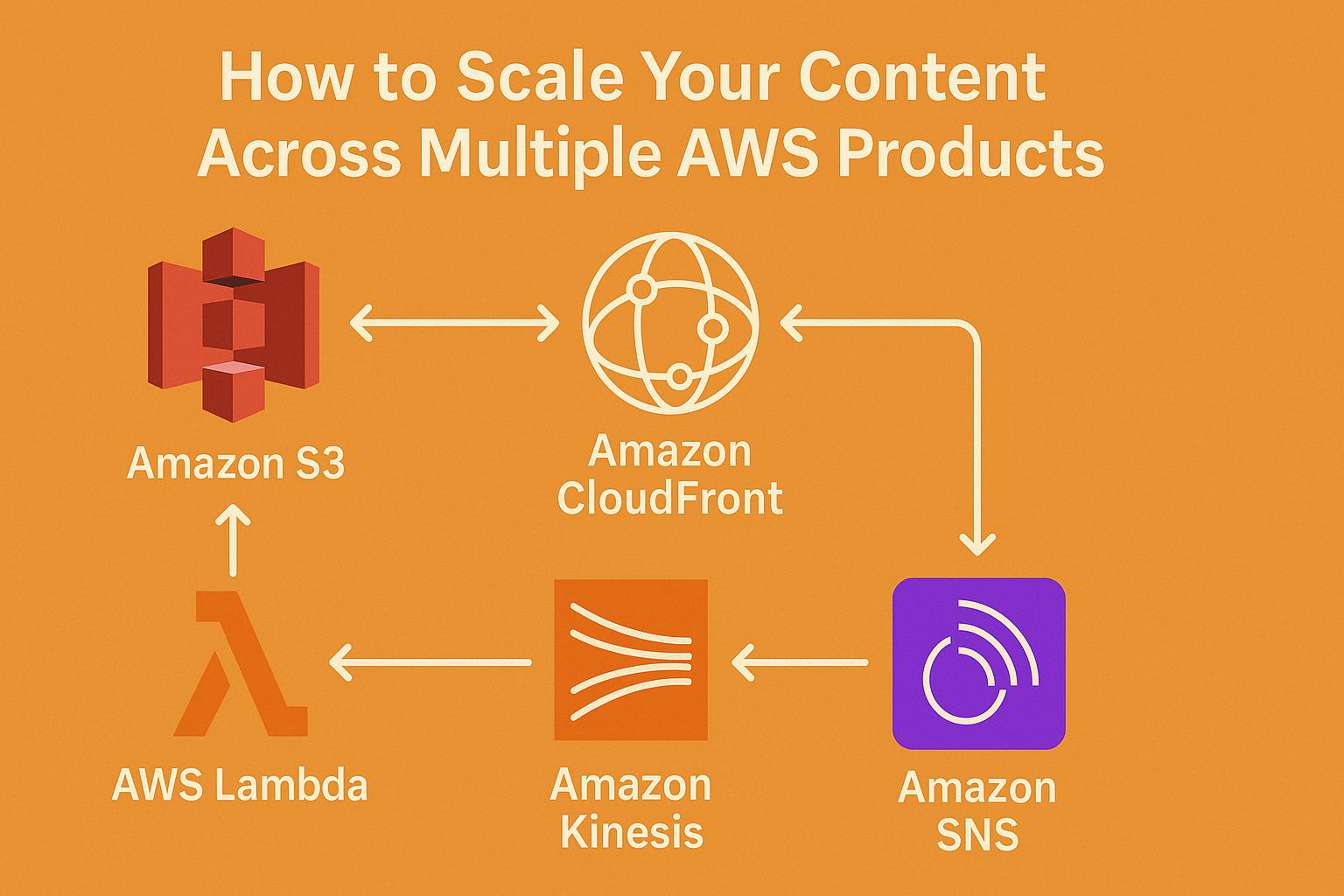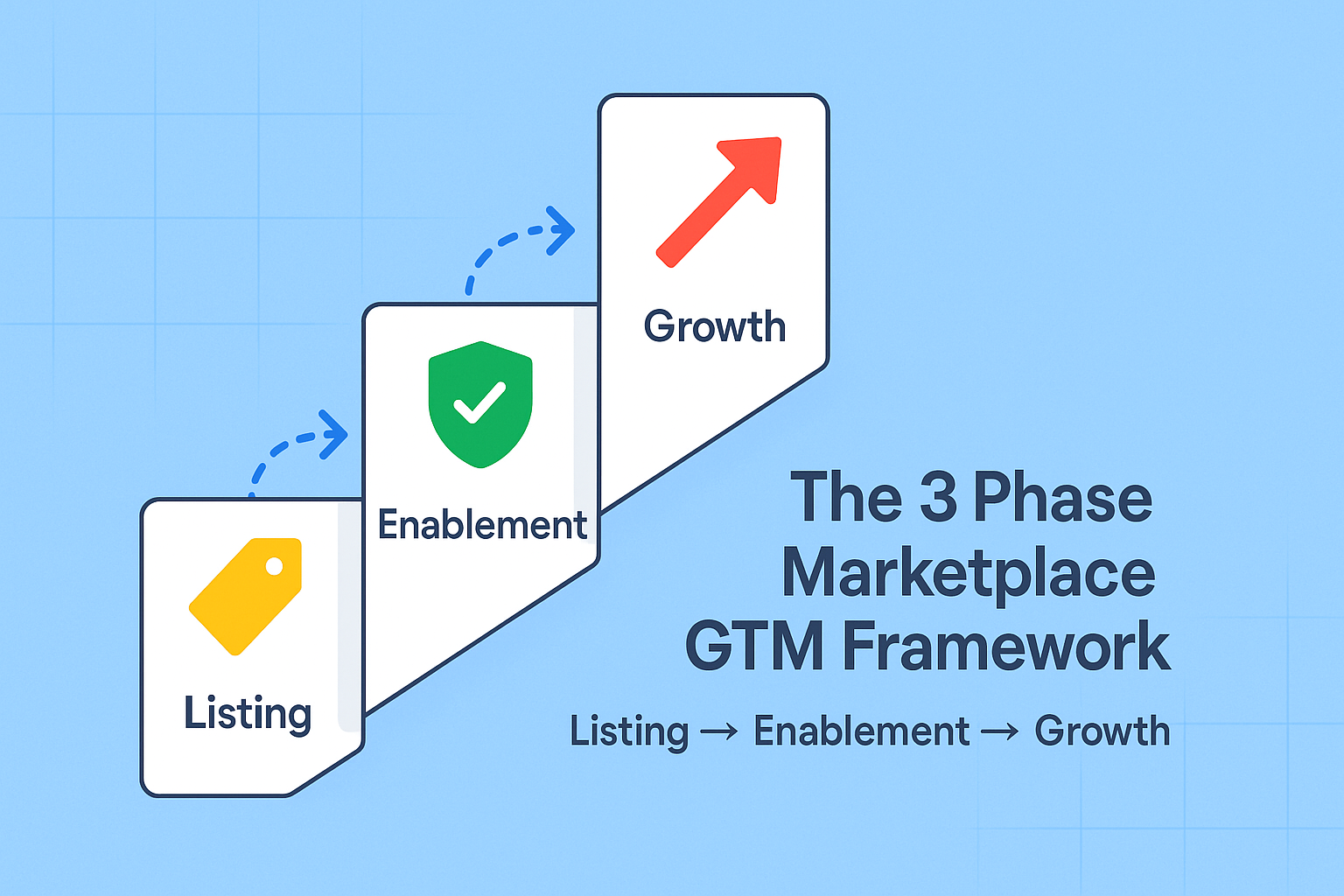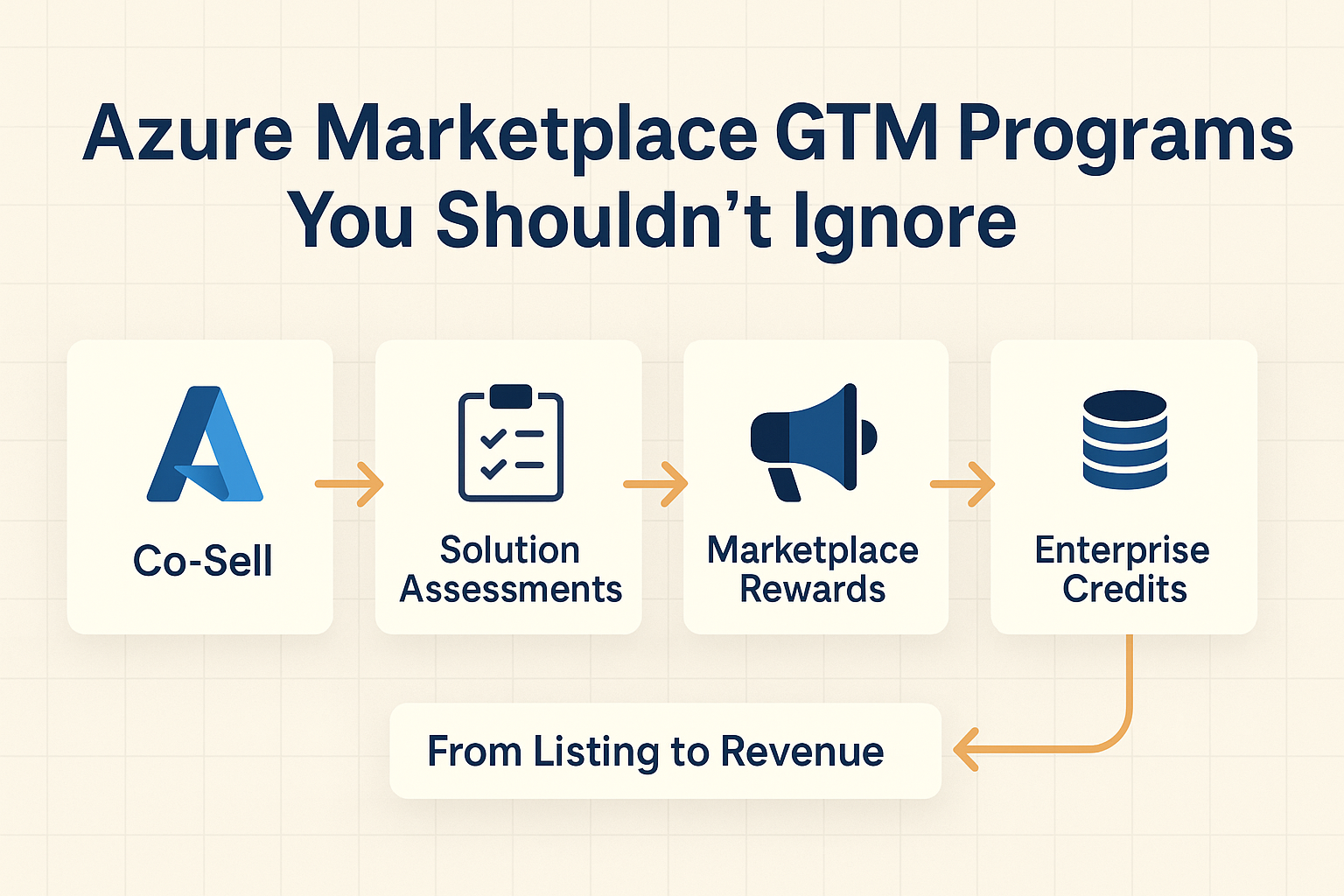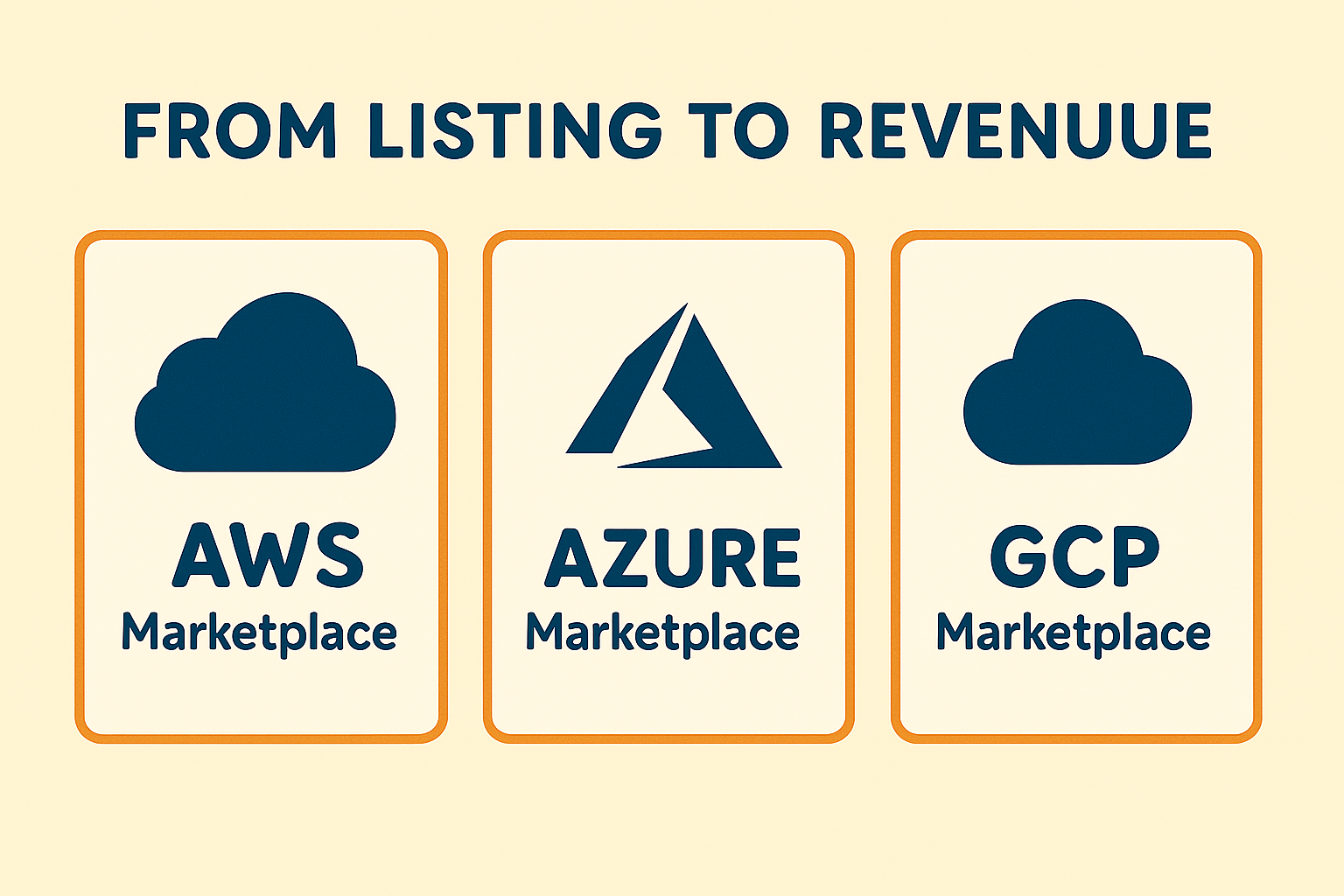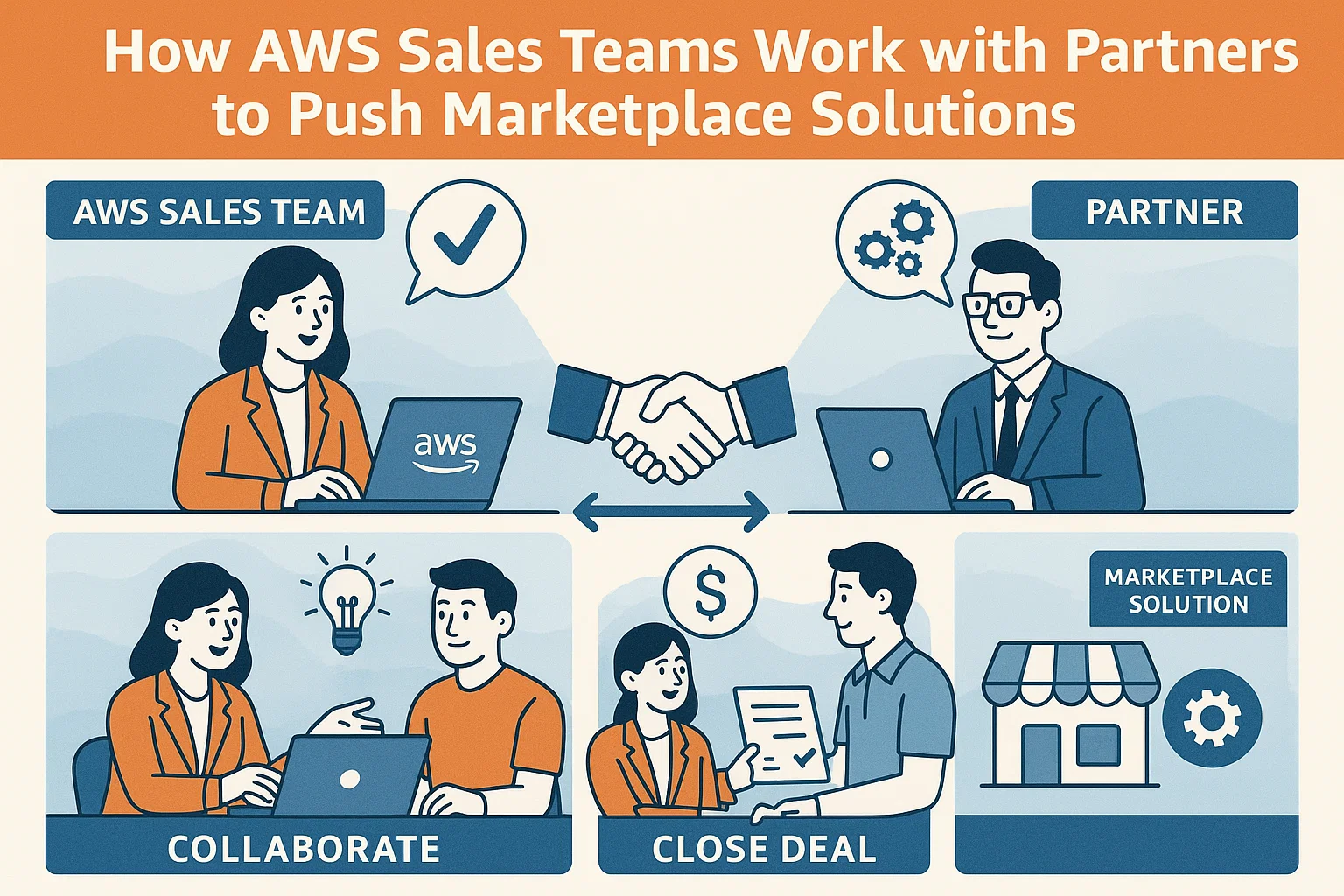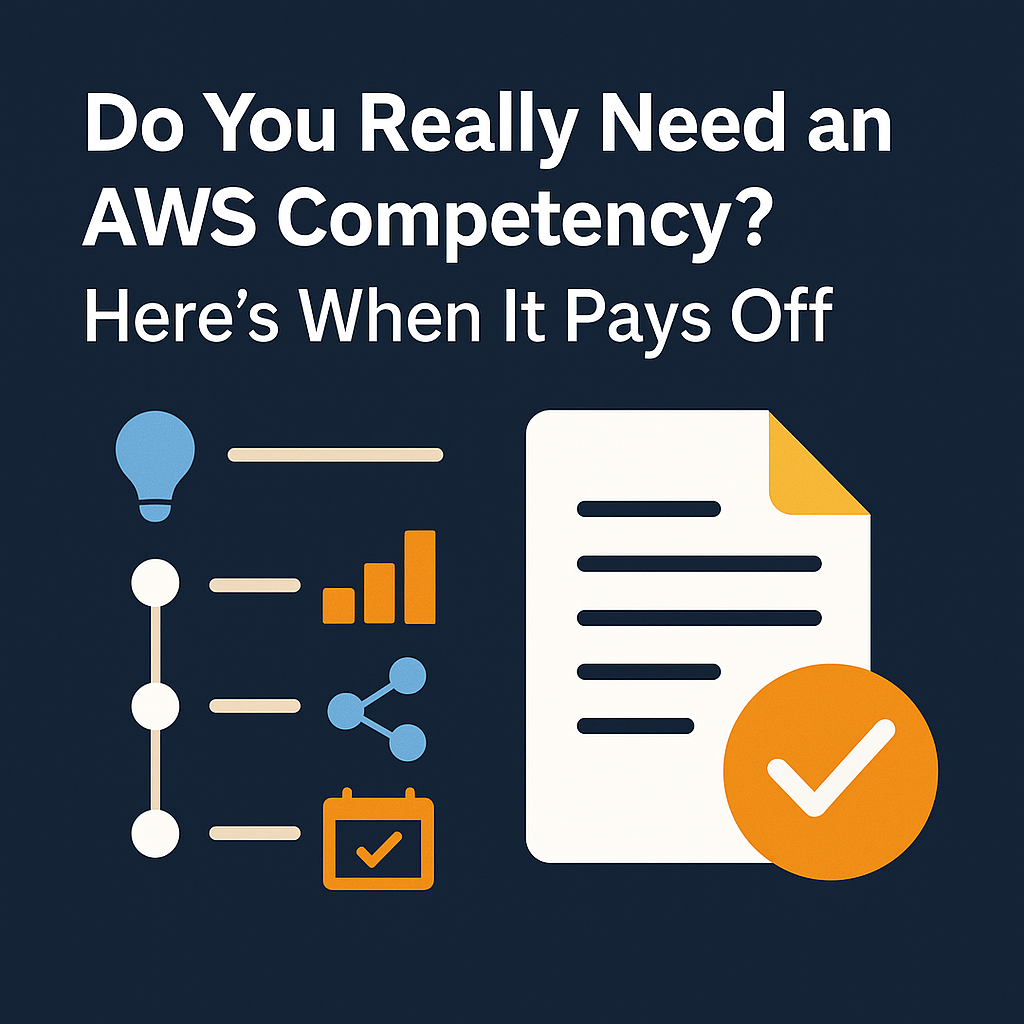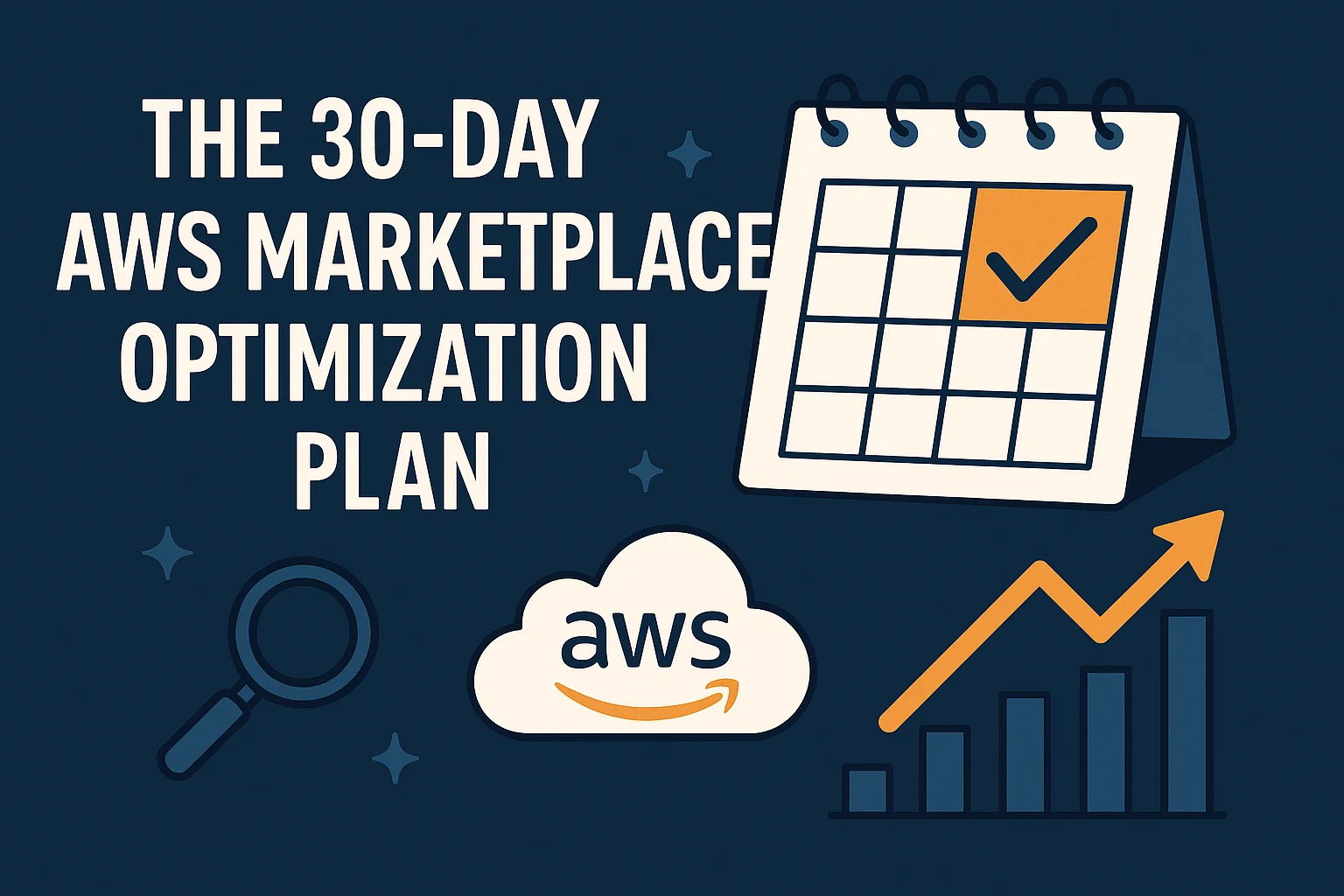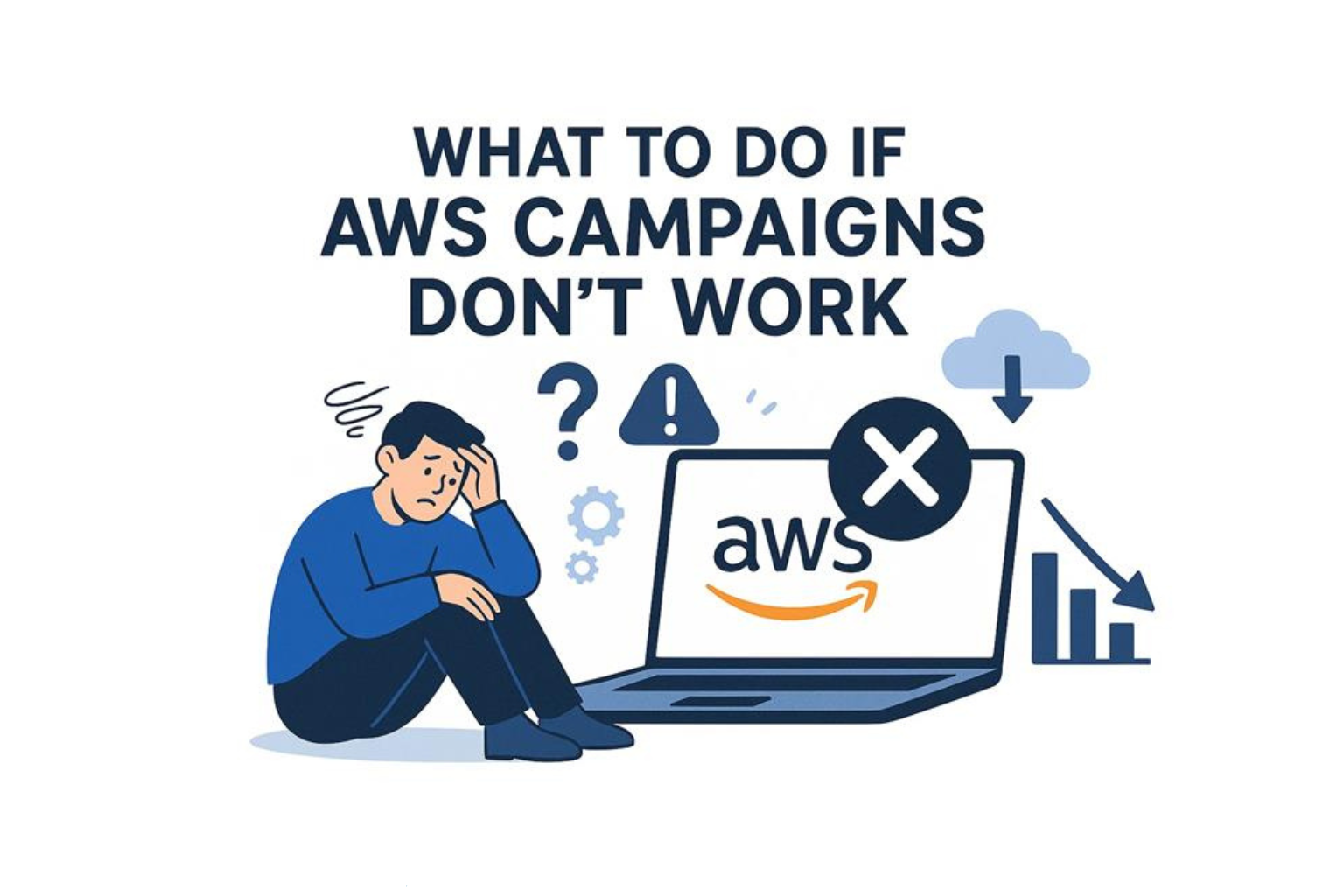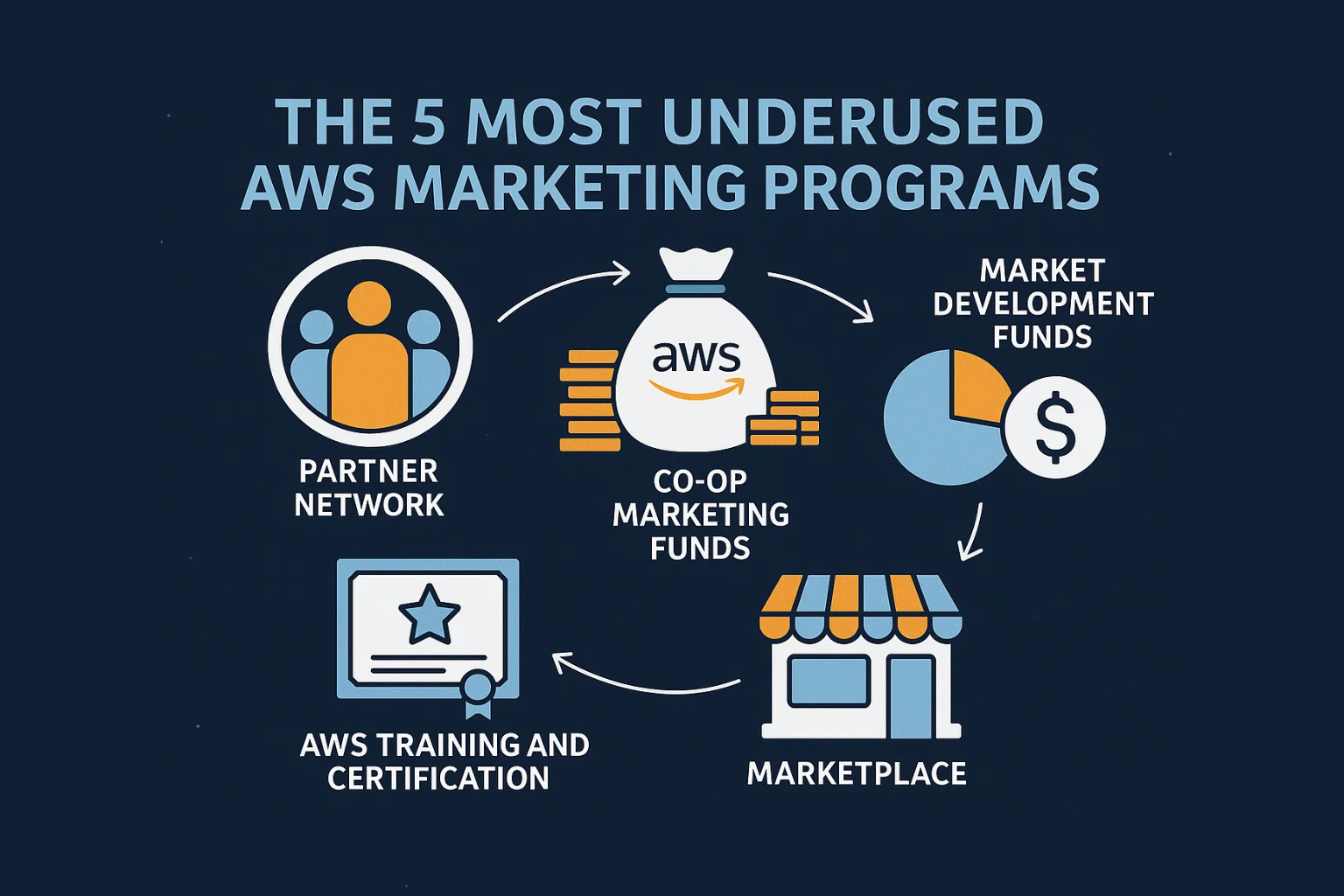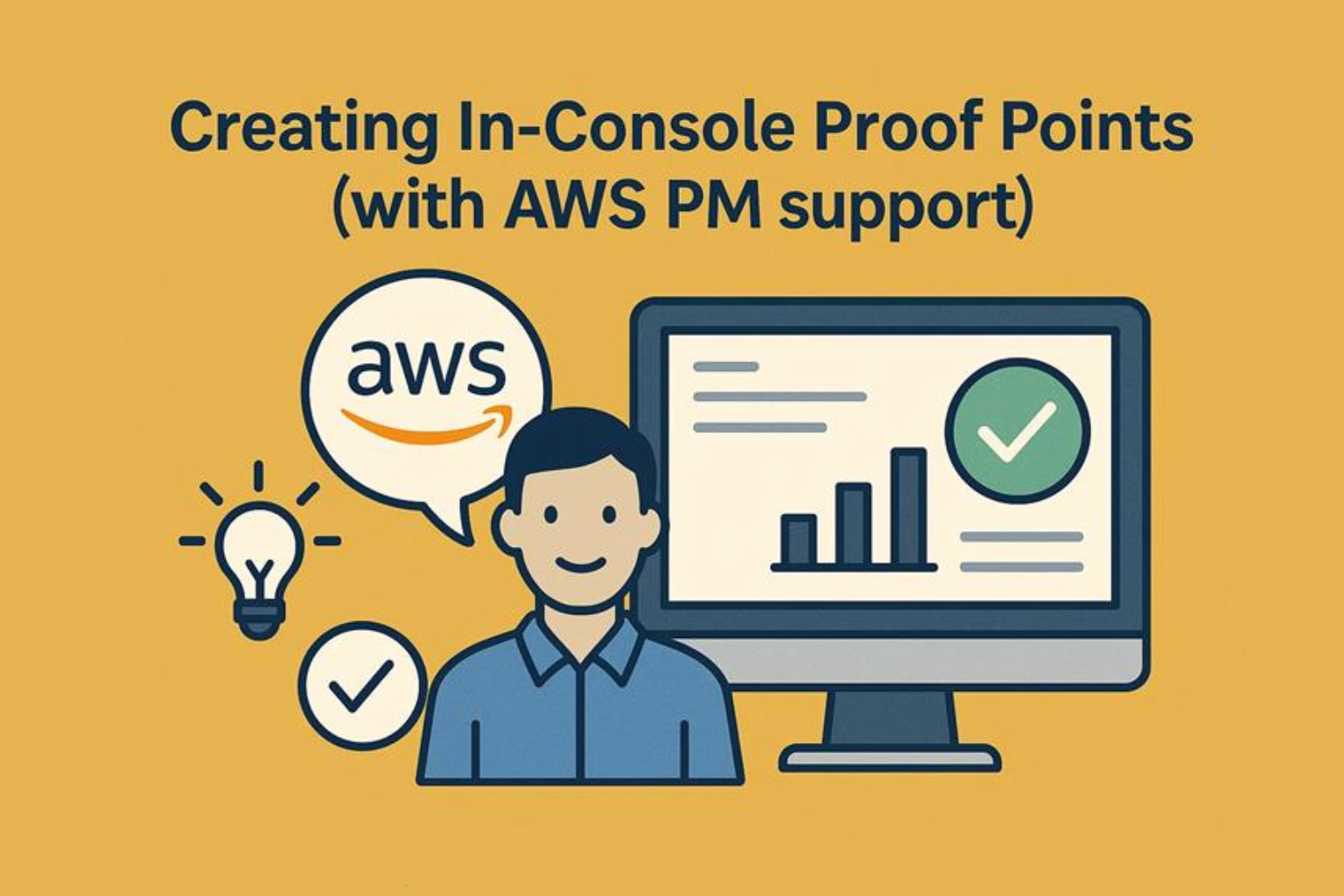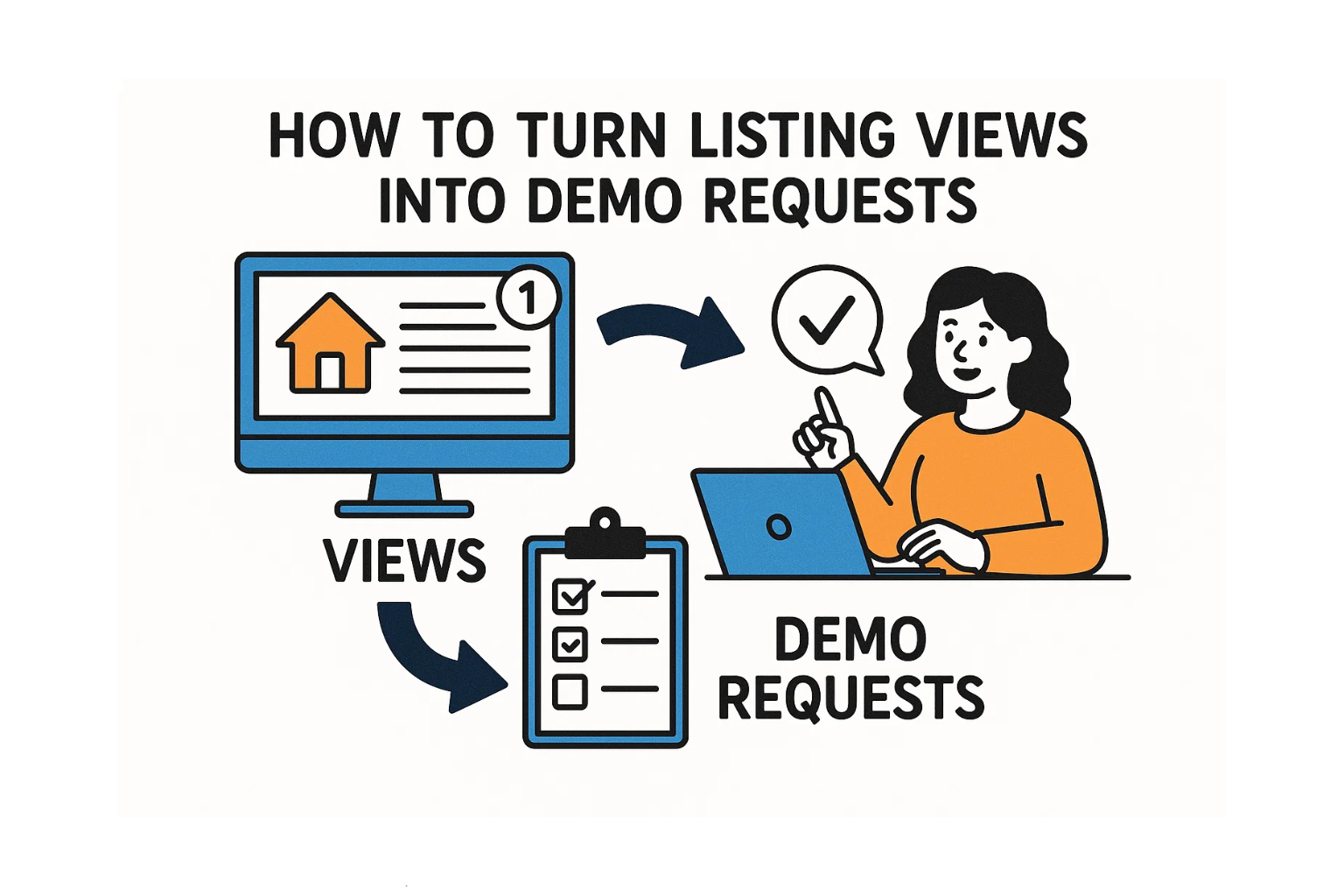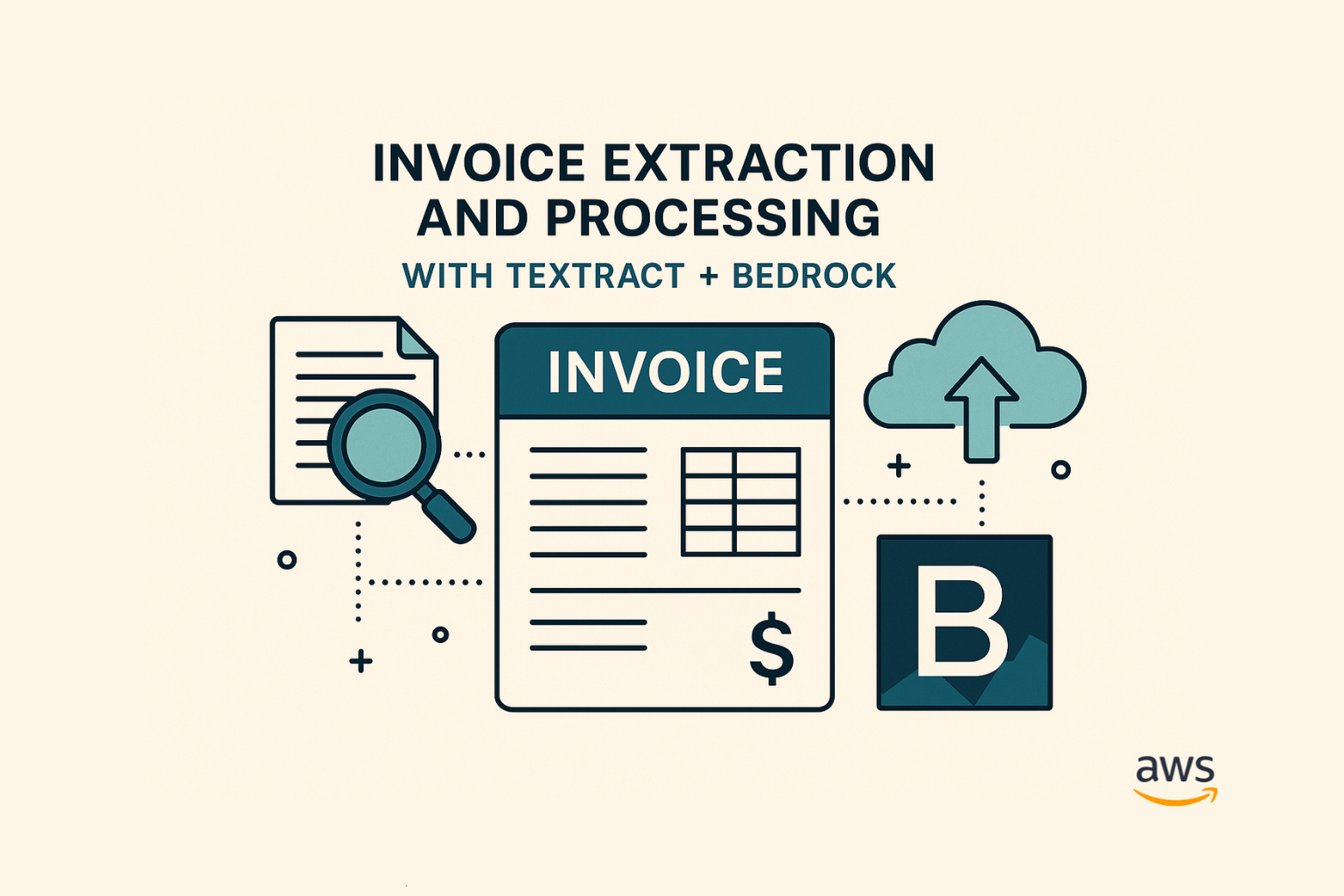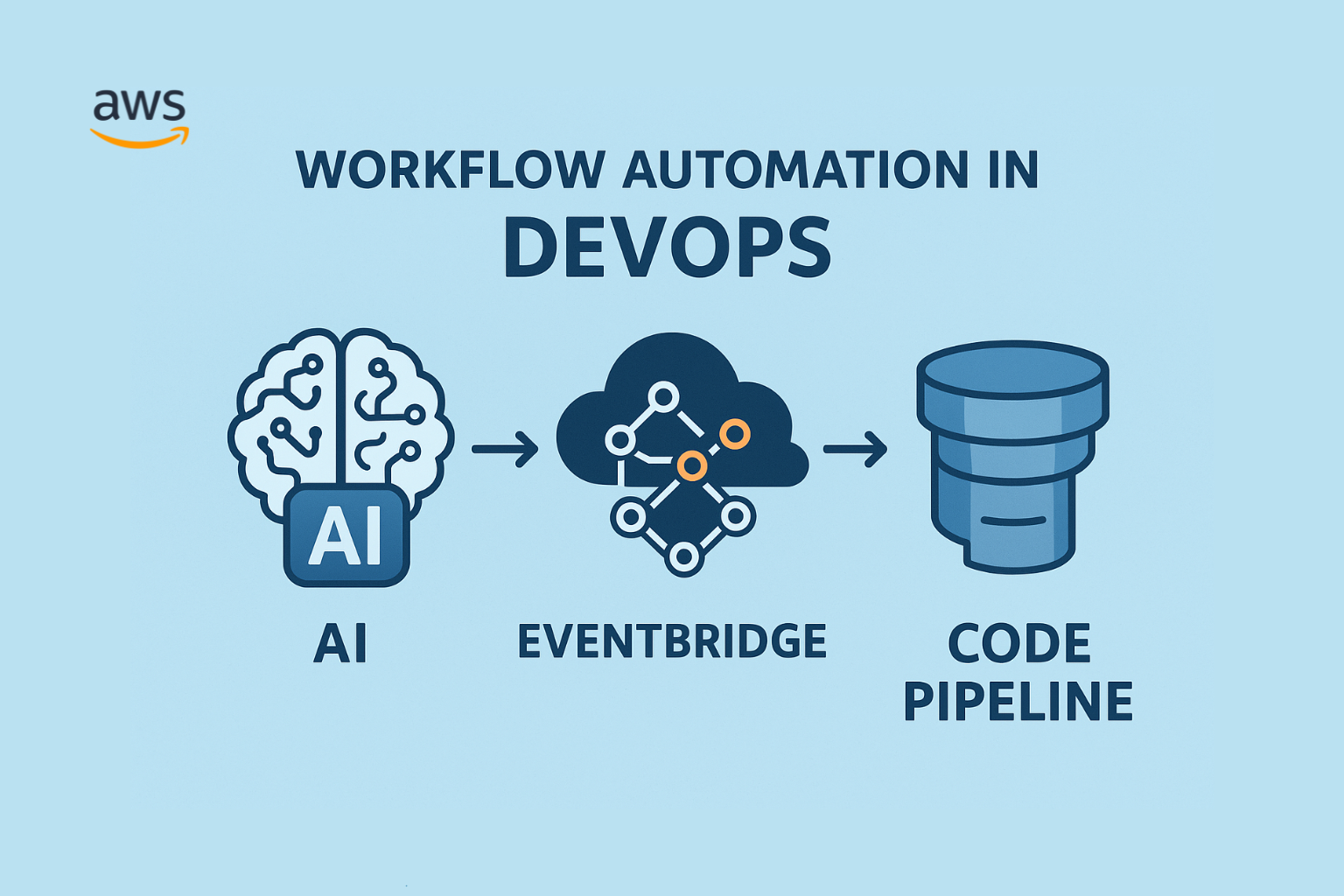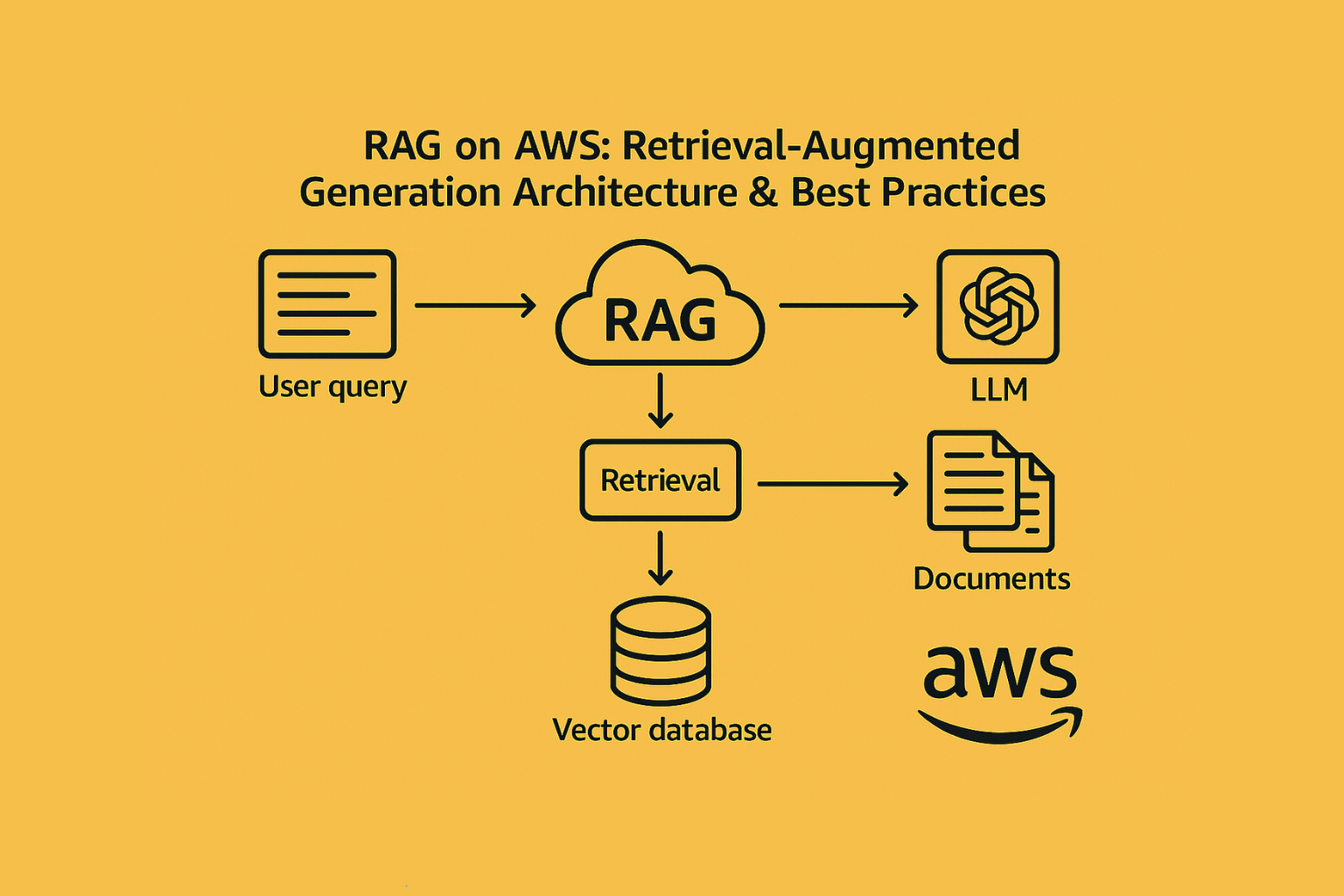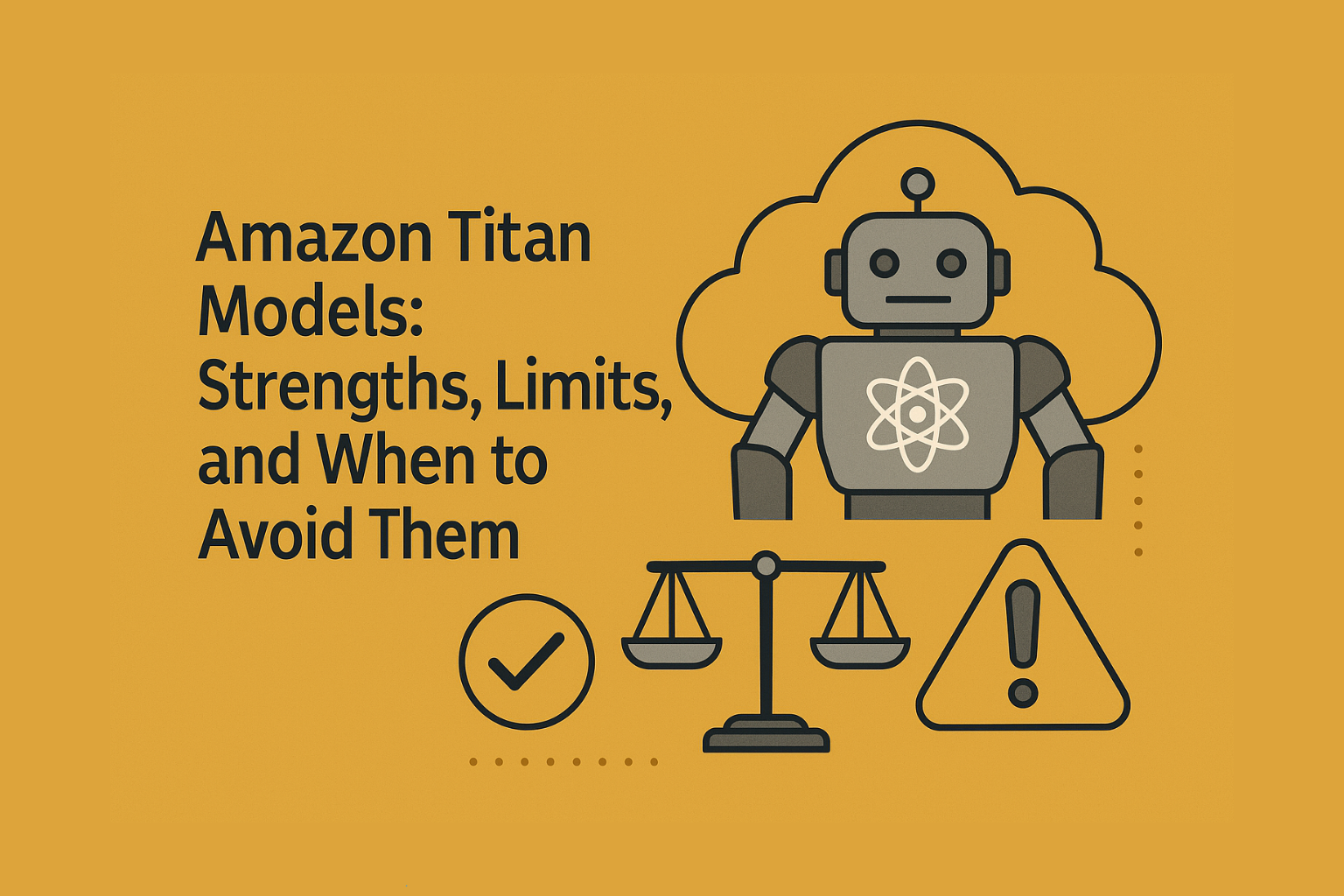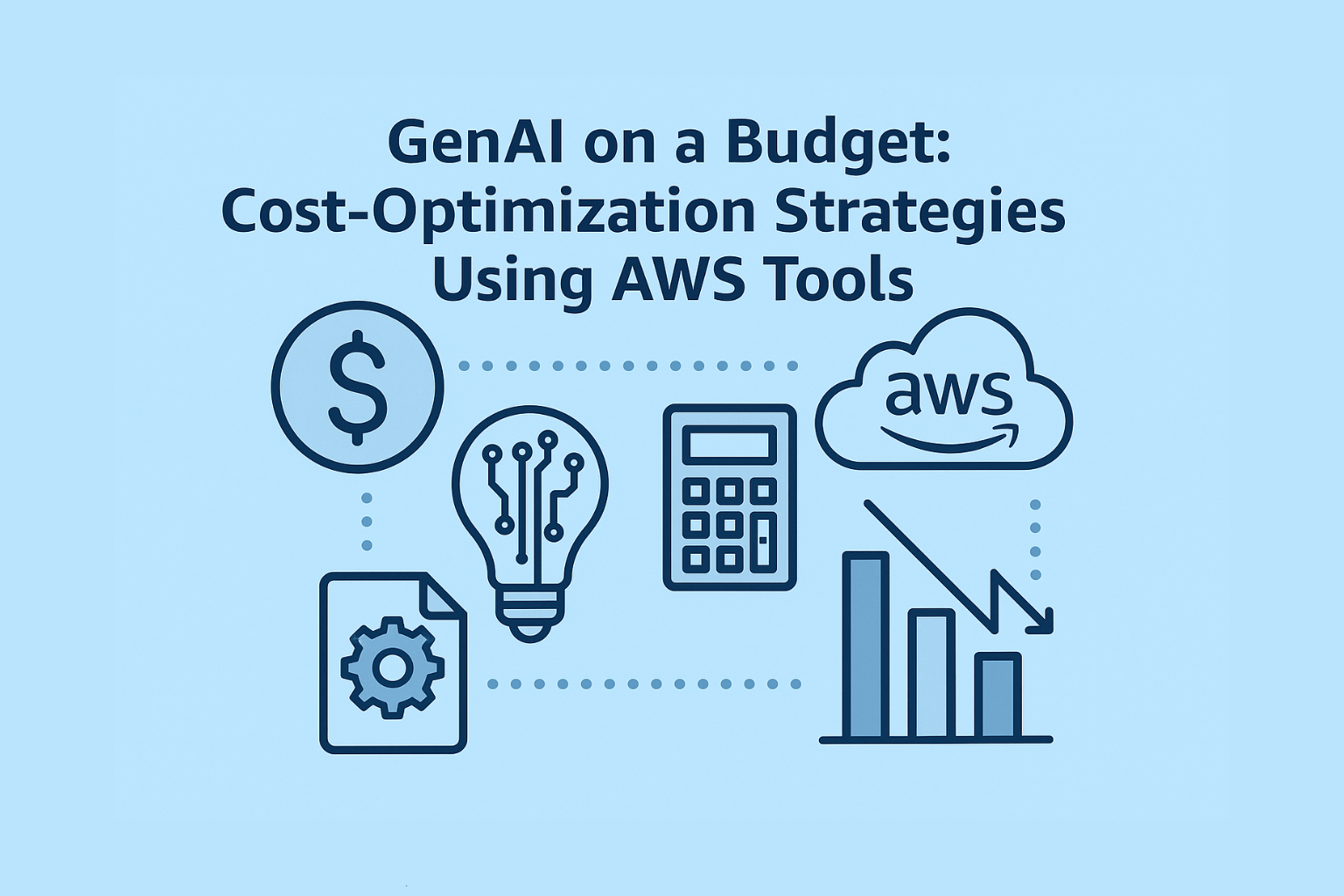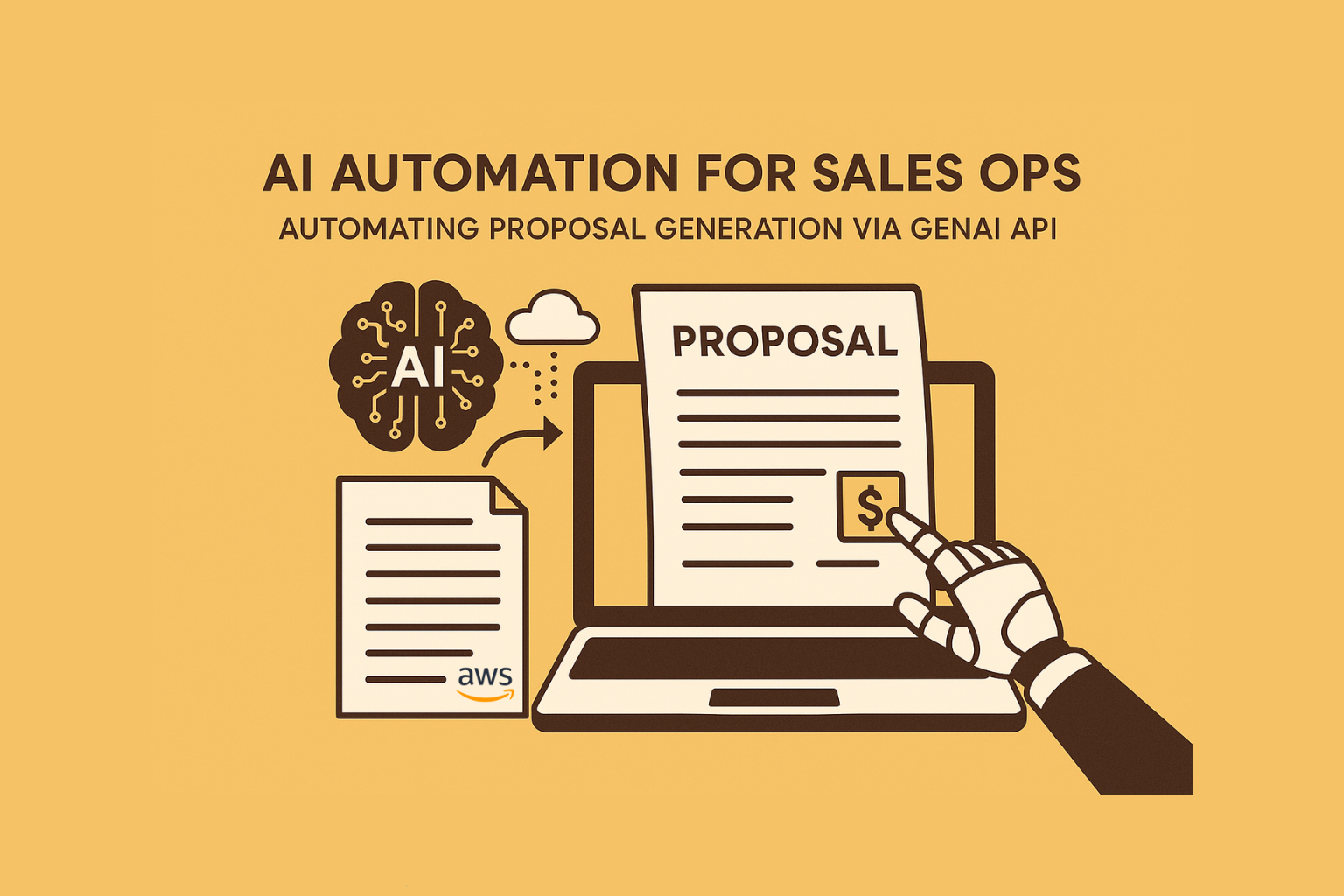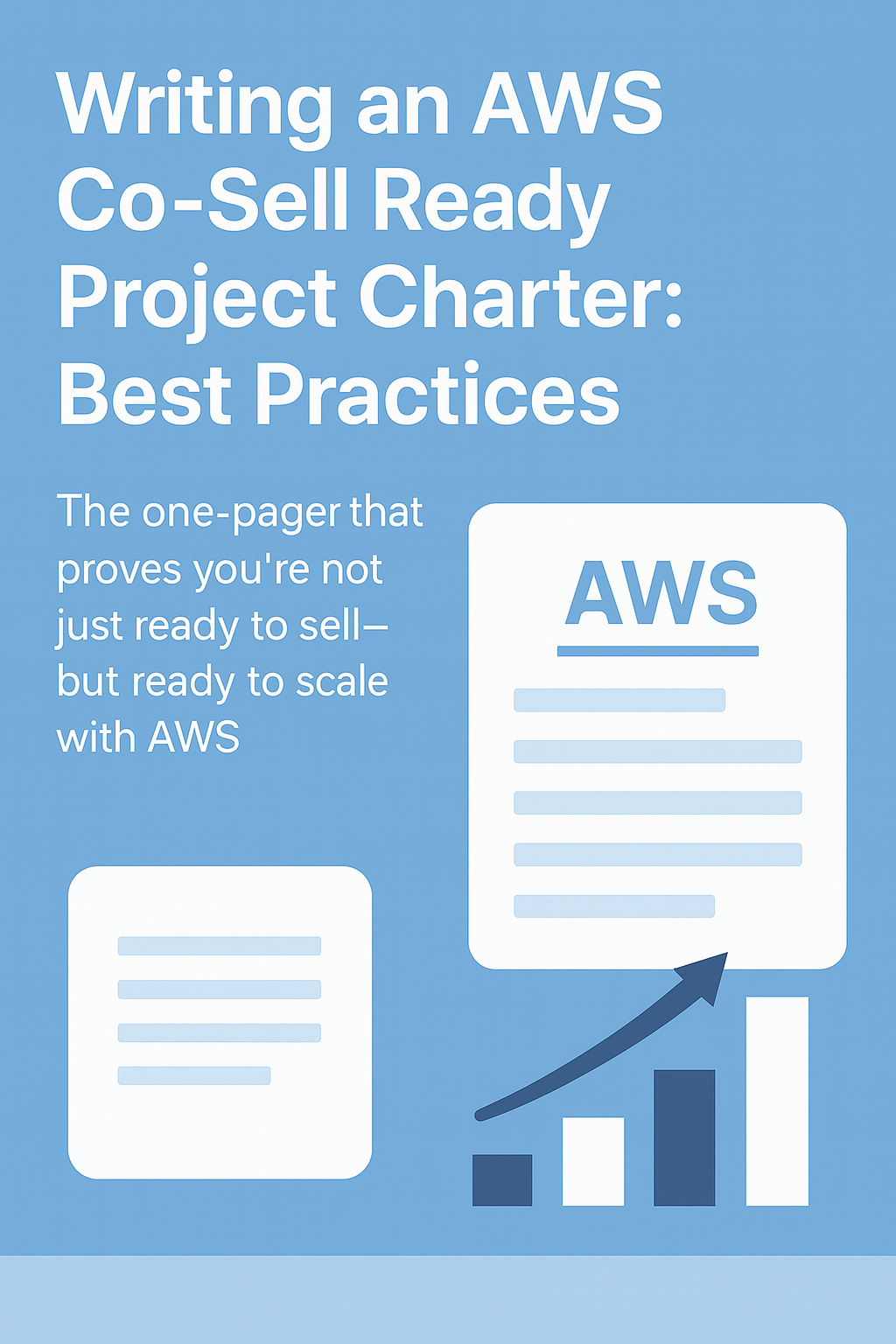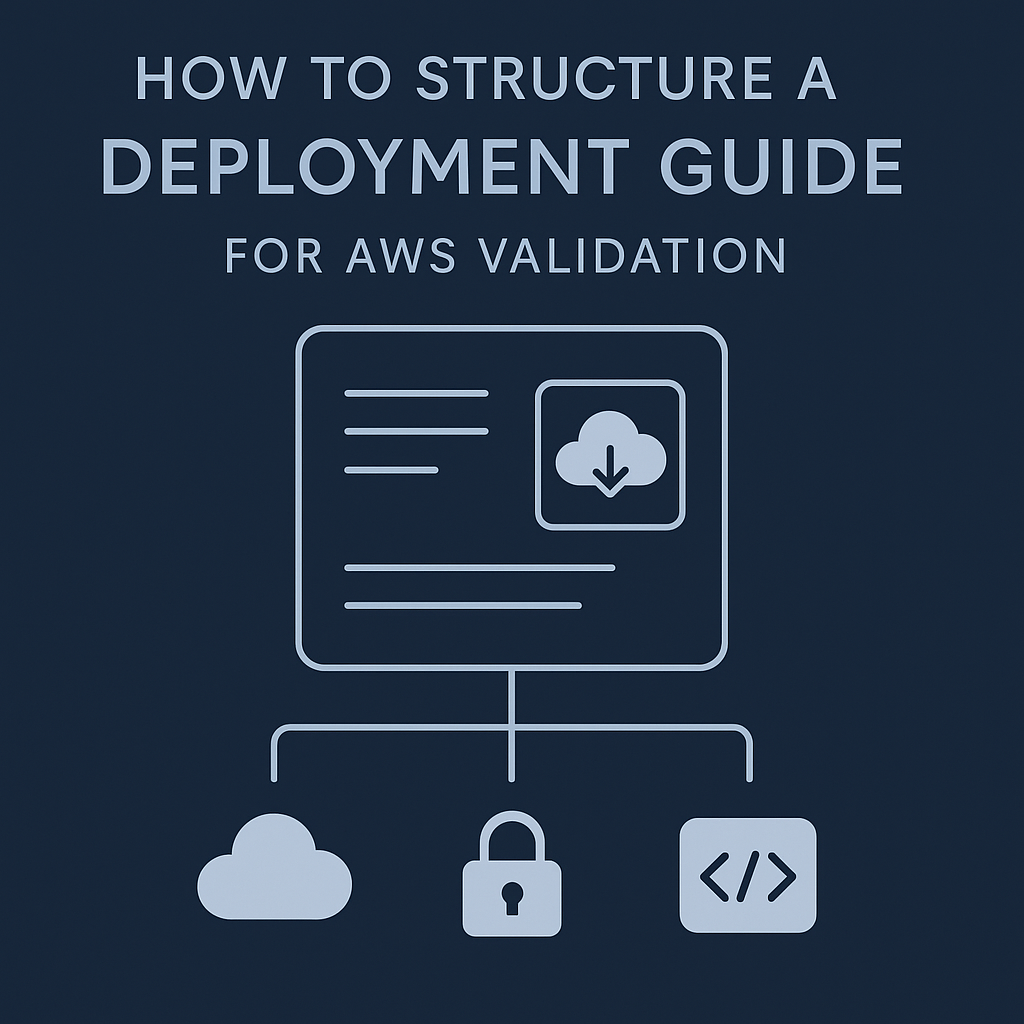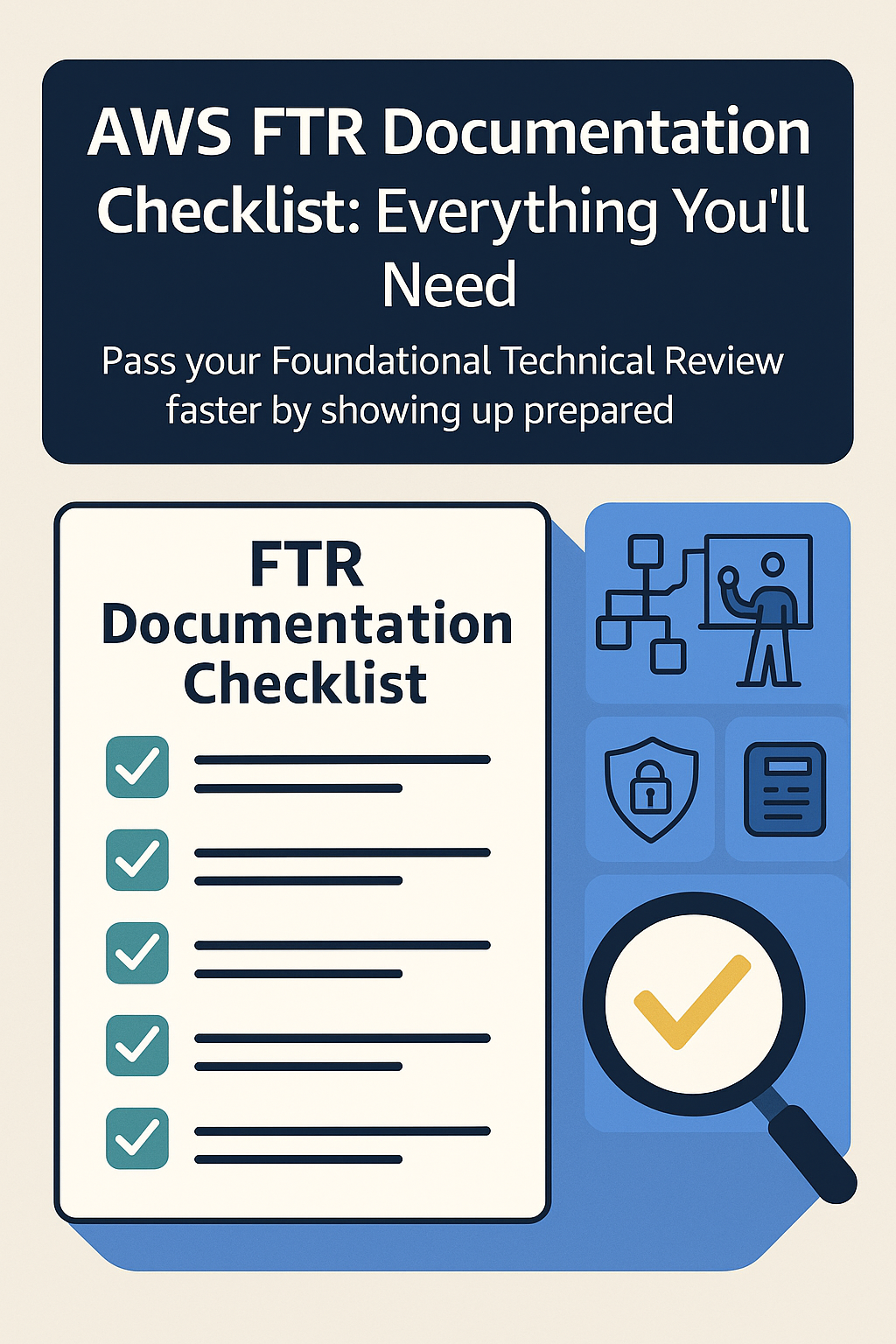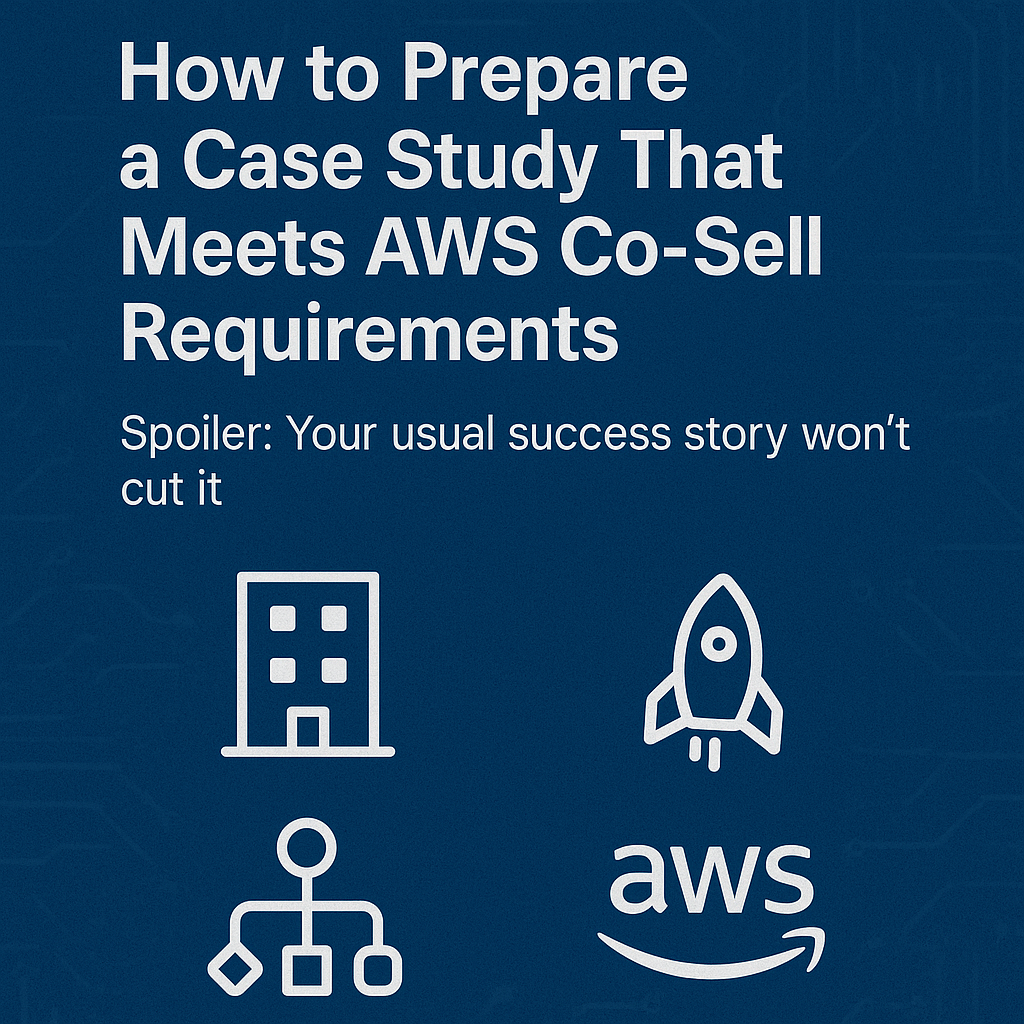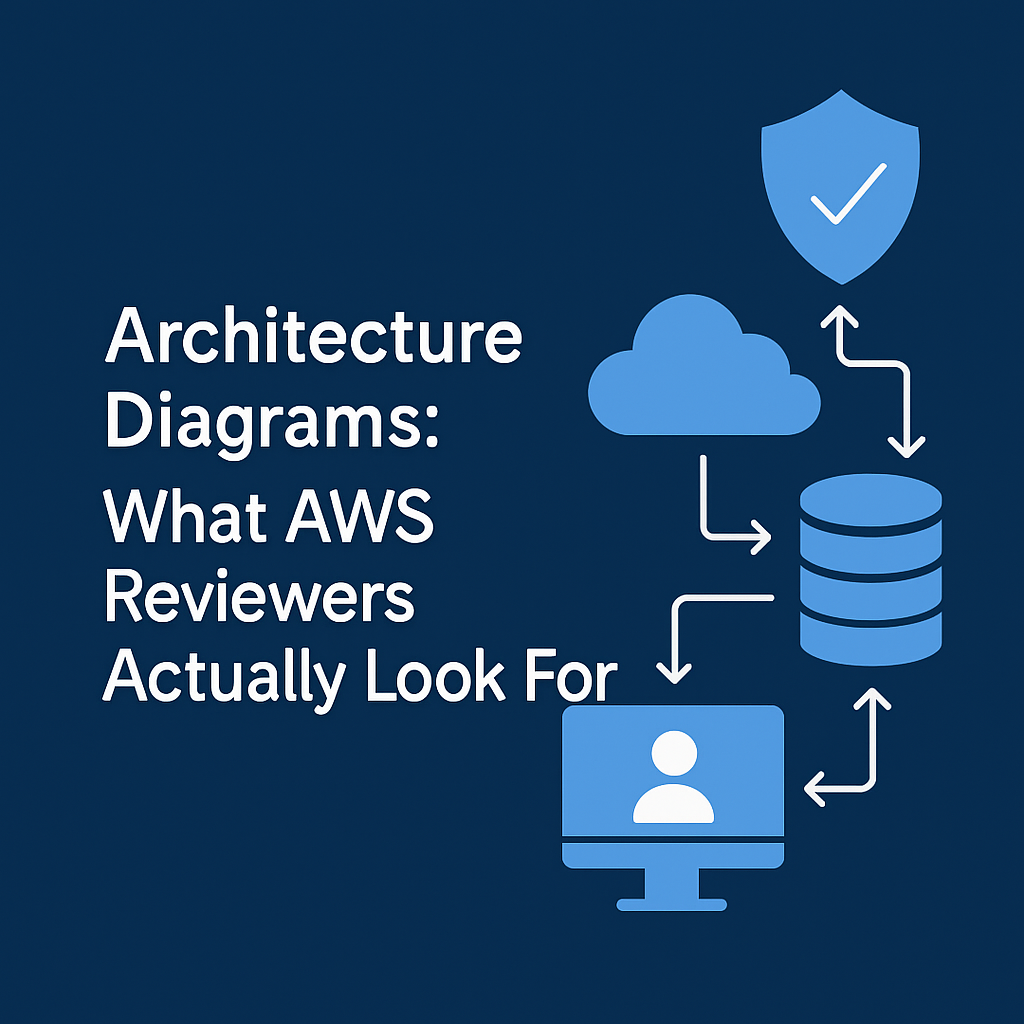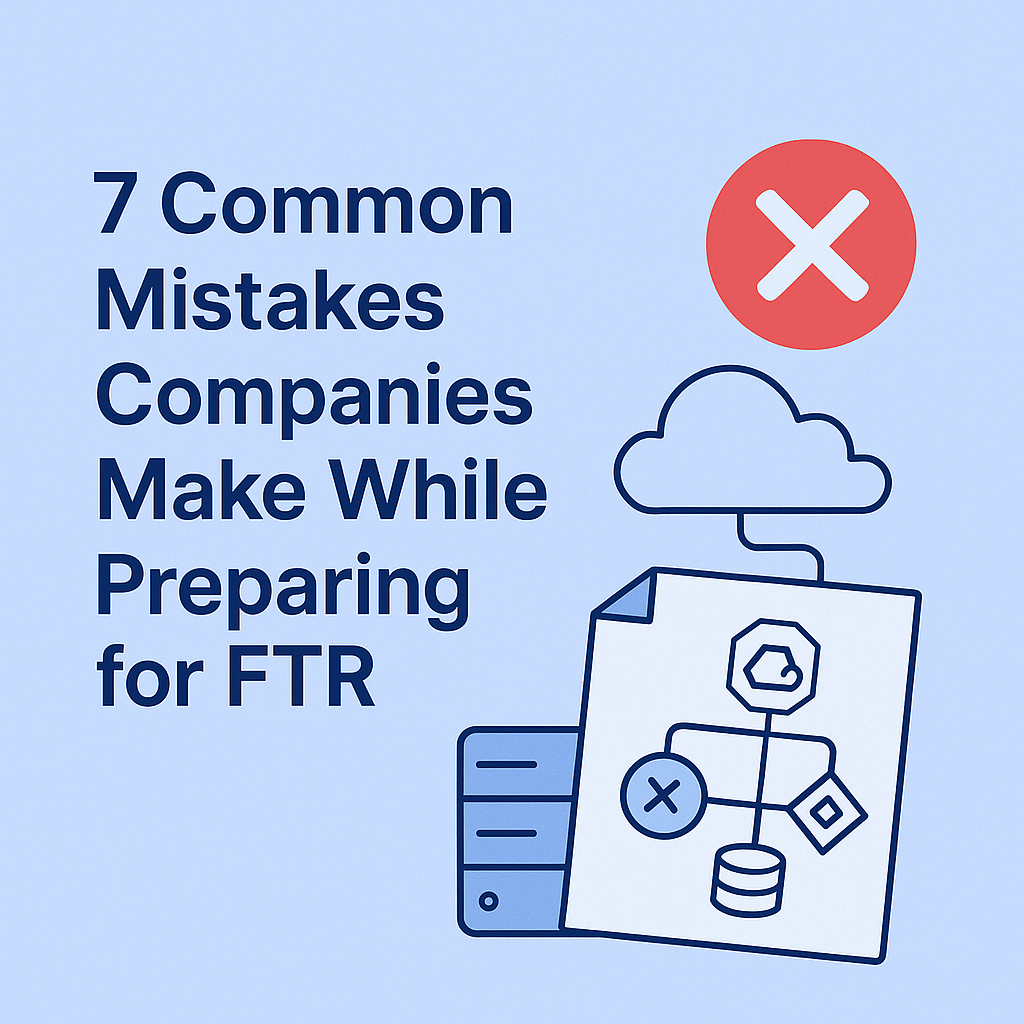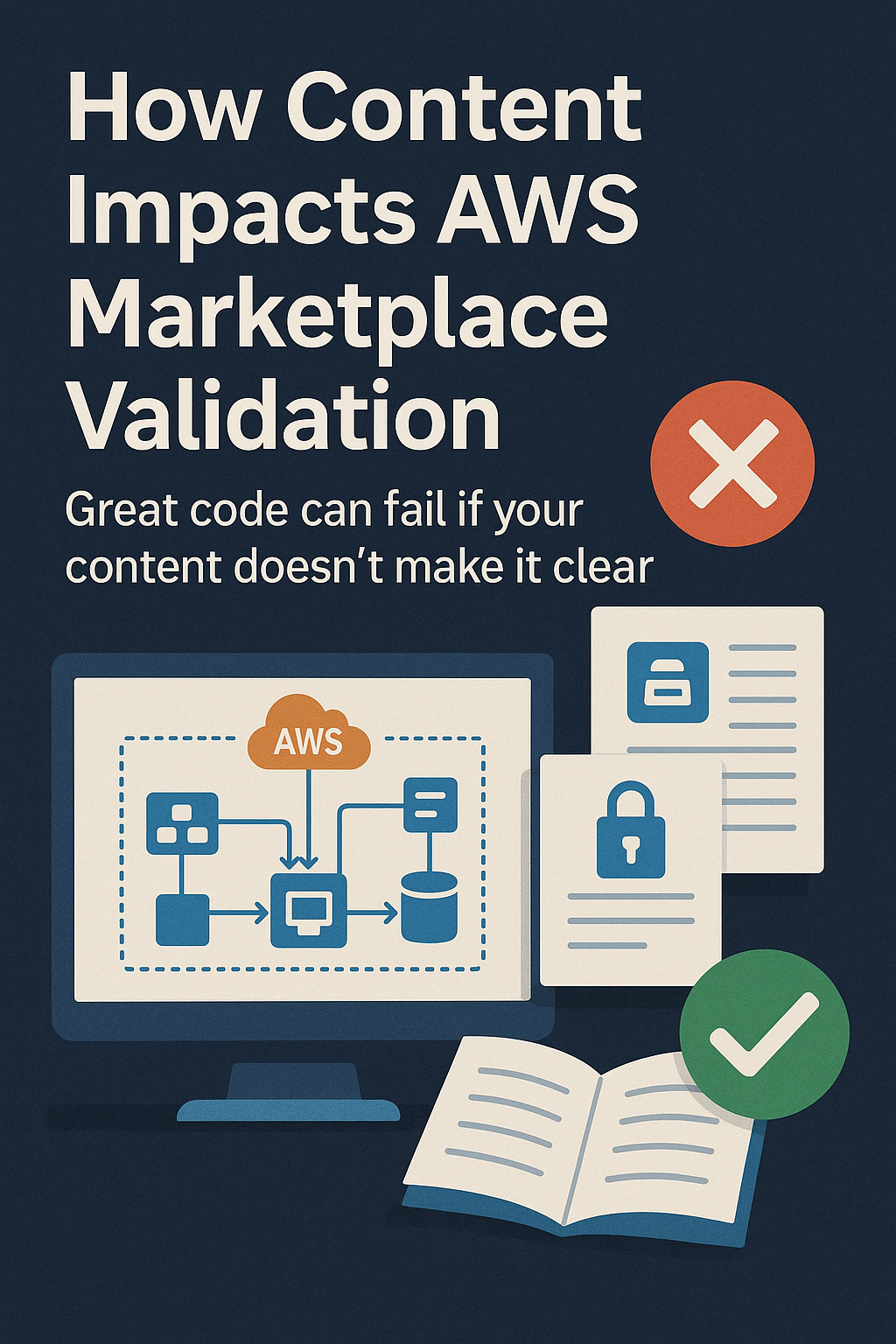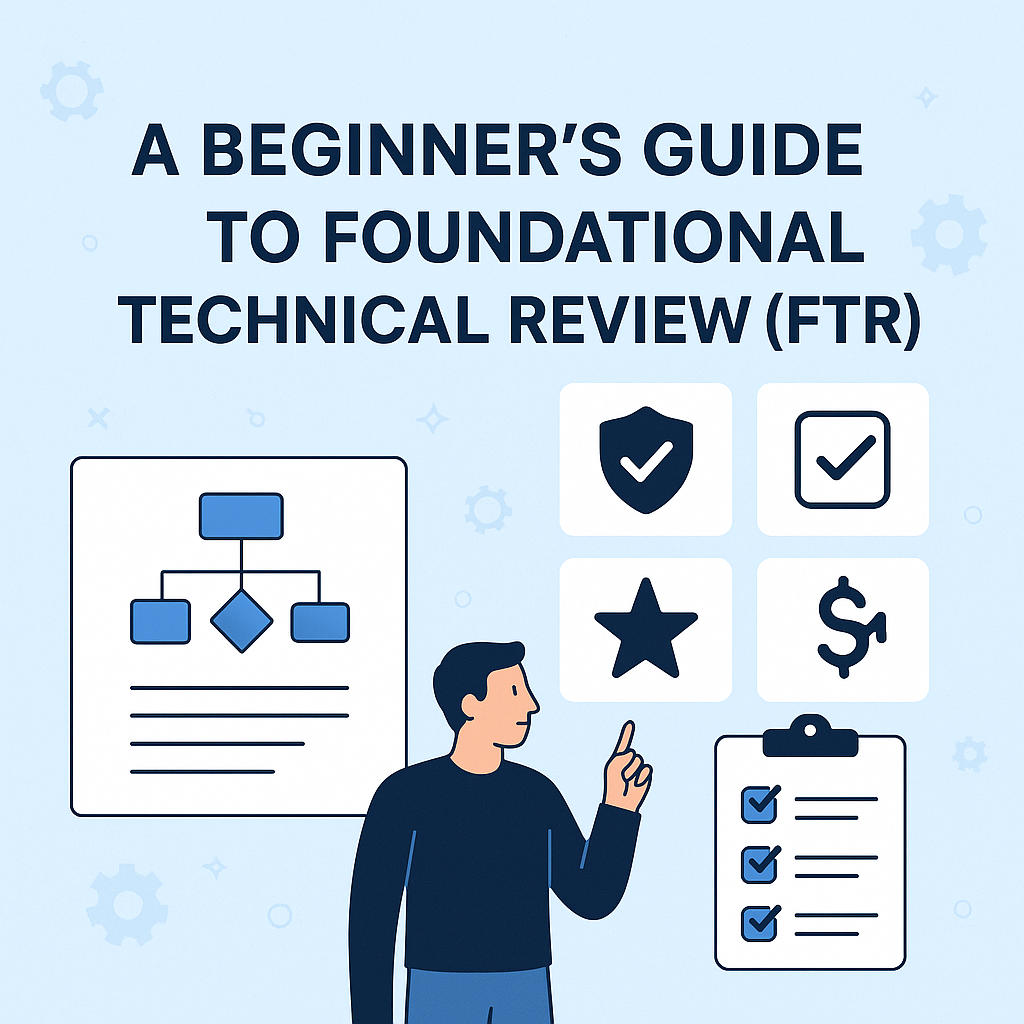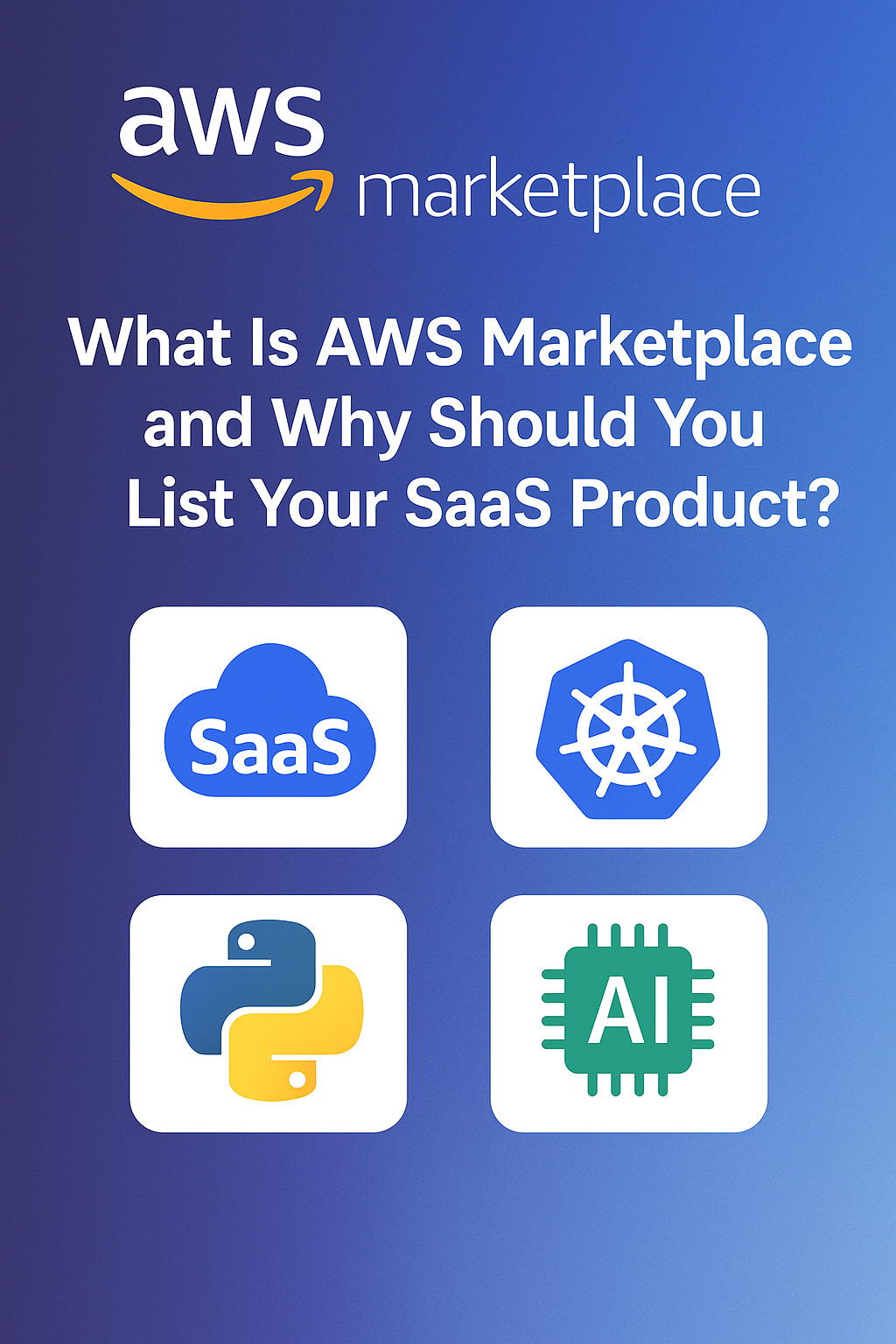If your case study feels like marketing, AWS will treat it like fluff
Introduction
You’re asked to submit 2–3 case studies for your Co-Sell path or Competency application. Easy, right?
Just pull together some sales slides, drop a logo, add a quote, and hit send?
Not if you want approval.
AWS doesn’t just want “success stories.”
They want structured proof of deployment, customer value, and AWS usage—written in a format that supports internal validation and GTM alignment.
In this post, we’ll walk through the ideal AWS case study template—and the mistakes that make most submissions fall flat.
The AWS-Preferred Case Study Format
Here’s the structure that consistently gets accepted:
| Section | What to Include |
|---|---|
| Customer Overview | Name of the customer, their size, region, and industry |
| Problem Statement | What challenge were they facing that required a solution? |
| Your Solution | Describe your product AND how it was deployed on AWS |
| AWS Services Used | List exact services (e.g., Amazon S3, EC2, Lambda, KMS) |
| Deployment Details | SaaS, containerized, multi-AZ, compliance-ready? Give architectural insights |
| Business Outcome | Quantifiable improvements (cost savings, uptime, speed, etc.) |
| Why AWS | Why the solution was built on AWS vs elsewhere |
| Co-Sell Relevance | Optional, but helps: vertical, region, ICP fit for future deals |
Tip: Keep it to 1.5–2 pages max. AWS reviewers don’t want novels—they want clarity.
5 Common Reasons AWS Case Studies Get Rejected
- Customer anonymity
“A major fintech firm” ≠ real proof. Use real names, with permission.
- No AWS service breakdown
AWS wants to see what infra was used; vague claims don’t cut it.
- Marketing-heavy language
“Empowering transformation with scalable cloud orchestration” = 🚫
“Reduced report generation time from 2 hours to 12 minutes using Redshift + Lambda” = ✅
- Lack of metrics
Include at least 1–2 outcome KPIs: performance, efficiency, cost, etc.
- No architectural mention
AWS wants to know how your solution is deployed, not just that it works.
Good Case Study Example (Format Snapshot)
Customer: MedFlow HealthTech, a HIPAA-compliant SaaS platform
Problem: Manual handling of patient records delays access to care
Solution: Deployed [YourProduct] on AWS using EC2, RDS, and KMS for secure storage and automation
Outcome: Reduced record processing time by 65%, improved uptime to 99.99%
Why AWS: Enabled compliance-ready infrastructure with automated encryption and access logging
Writing Tips for AWS-Ready Case Studies
- Use active voice (“MedFlow deployed X”)
- Include AWS service names throughout
- Use bullet points where helpful—especially in outcomes section
- Include short architecture diagrams if the flow was complex
- End with a CTA or note on future scalability (e.g., expanding to other regions)
Bonus: Reuse It Everywhere
A well-built AWS case study can be reused in:
- Marketplace product listings
- Competency applications
- Partner decks
- Sales enablement content
- Product pages or investor material
Build once, scale everywhere.
Conclusion
If AWS can’t:
- Understand what your product solved,
- See how it was deployed,
- And find real proof of AWS alignment…
Your case study will be marked “incomplete.”
So skip the fluff. Write for validation, not just visibility.
Want a case study written that checks all the AWS boxes?
Contact us for more details.

